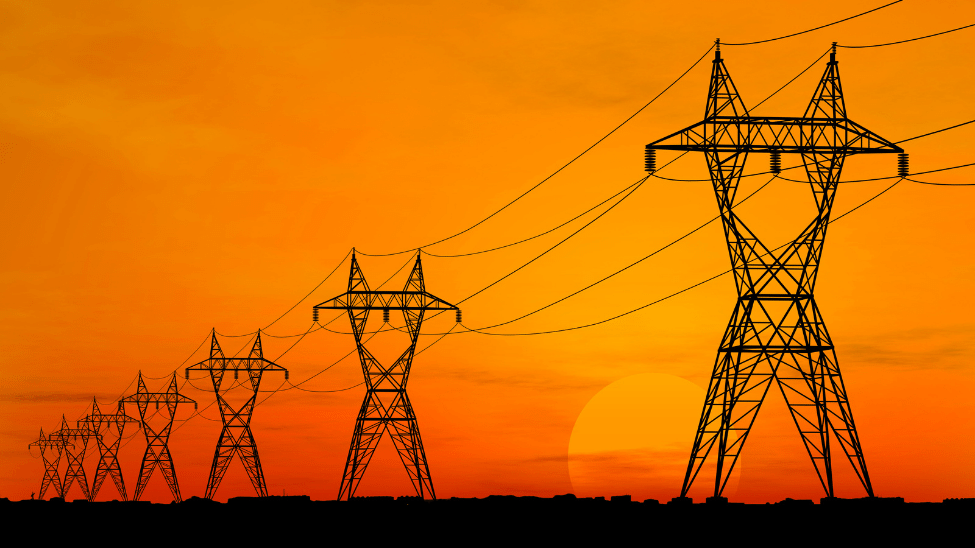 Articles
ArticlesCatherine Cooremans and other colleagues in her Multiple Benefits project provide some answers in a short video that lays out the problems and some of the solutions. In the EEFIG survey, there are many suggestions from standardised contracts to better regulations to better sharing of best practice. The Financial Times recently had an article that too many boardrooms are climate incompetent. Join us at the upcoming EEFIG plenary. You can register here. Join us to ensure senior management gets it. Hopefully that means getting more board members who have an appreciation for the strategic importance of reducing energy consumption through efficiency improvements. This This also means that our public authorities need to get it and our financial community needs toget it. That is why I am with Energy Efficiency in Industrial Processes (EEIP) and why EEIP is working with EEFIG. and we are all in this together. Click here to register here to get energy efficiency is not difficult, it is a tall task.
Read Full articleEnergy audit and augmented reality: how to combine them? RETROFEED innovation accelerated by COVID-19
The event was organised by the RETROFEED project on 2 December 2020. It showcased the variety of innovative responses to the unanticipated circumstances brought upon industries. The event included some reflections of the European Commission, followed by a demonstration session of energy audit.
Read Full articleNew IEA Energy Efficiency 2020 report signals reversals for First Fuel
The IEA report should be read by entire EEIP network. It is good to have a wake-up call by the IEA. But we also have to take stock of how far we have come and the practical measures we can take to improve.
Read Full articleAn Integrated Approach for Industrial Symbiosis: the CORALIS project
Industrial Symbiosis (IS) aims to mimic the functioning of ecological systems. A consortium of 29 partners will work together aiming at: Decarbonising the resource and energy intensive industry sectors. The European Commission is not responsible for any use that may be made.
Read Full articleOne Electrical Network Infrastructure for Europe: the OneNet Project
The Horizon 2020 OneNet project aims to consolidate results and learnings into a comprehensive framework for European grid flexibility. It will: Identify standardised flexibility products and services; Design a common market scheme for Europe; implement the reference version of the IT architecture;.
Read Full articleShowcasing the need to improve energy performance of industry
European Commission presented its European Green Deal investment Plan. Plan expects to mobilise at least €1 trillion of sustainable investments over the next decade. The strategy includes a dedicated strategy for small and medium-sized enterprises (SMEs).
Read Full articleNew report from JRC: Enabling Positive Energy Districts across Europe: energy efficiency couples renewable energy
New report by European Commissions Joint Research Centre. It aims to understand how to handle energy performance targets. This is a relatively new endeavour in both scientific research and realised projects. There are several ‘zero energy and ‘energy community concepts that.
Read Full articlePowering an Energy Efficient Future
I moderated a webinar on energy efficiency for the IPFA as part of their energy transition series. This may be the last in the series but believe me, this is the most important element of the energy transition. I tend towards a fundamental position.
Read Full articleEurope’s energy-intensive industries coping with covid crisis while trying to stay on sustainable path
Europes industry has significant challenges today. All Europeans also have to cope with the COVID-19 crisis and with a paralysed economy. There are also discussions within the EU institutions and through various consultations on the recovery package and what that will mean to.
Read Full articleNew JRC report: Untapping multiple benefits: hidden values in environmental and building policies
Findings show that green policies can improve both our health and the economy. Study provides guidance to policy and decision-makers in developing a methodology for the inclusion of multiple benefits in a cost/benefit assessment of energy efficiency policies. It is envisaged that.
Read Full article








